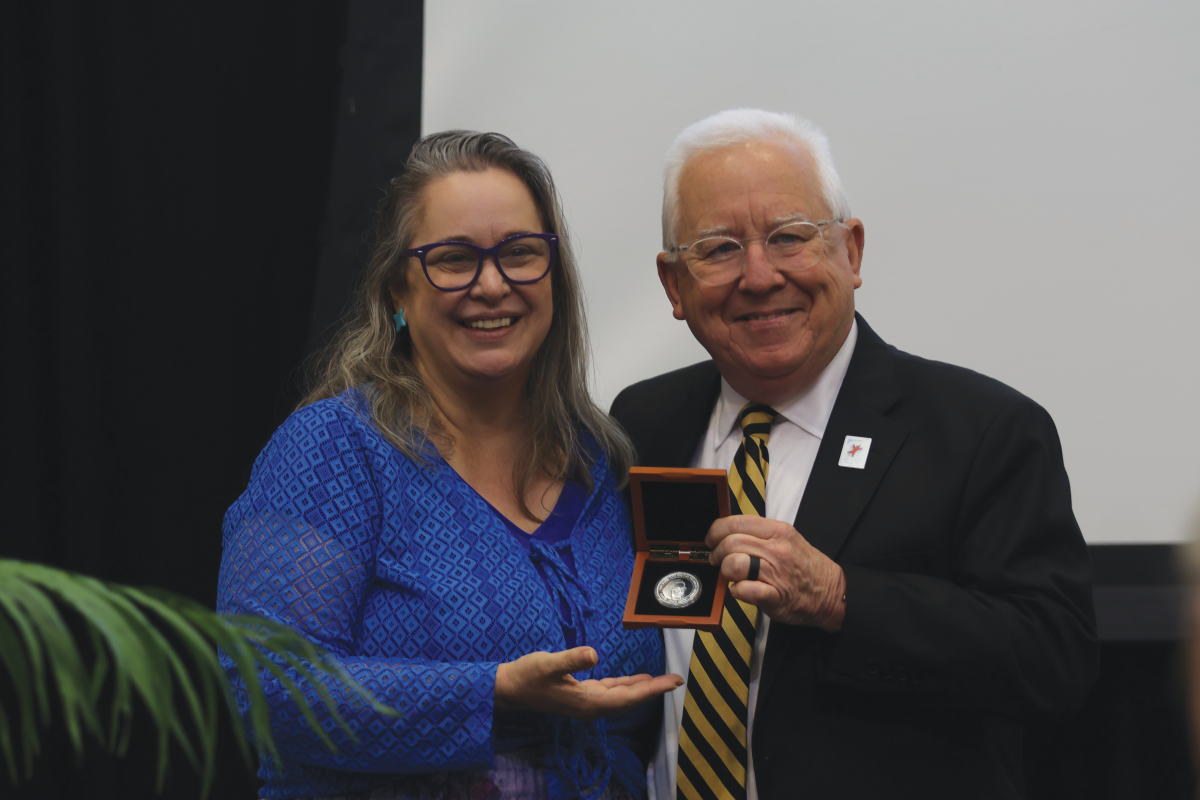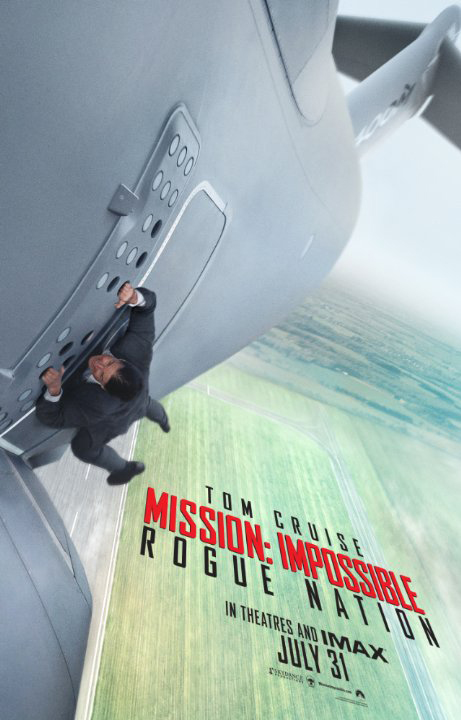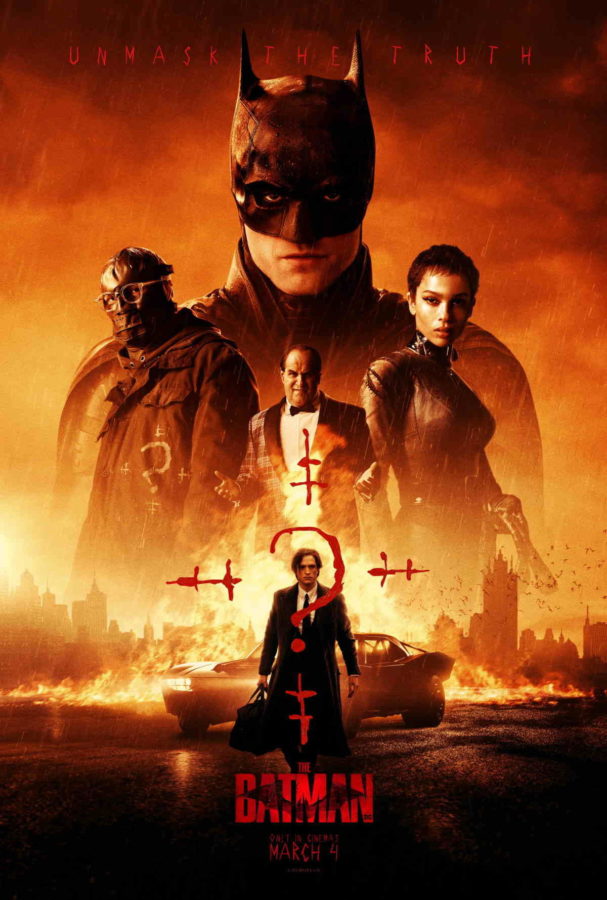Guess the movie: with the help of his hacker sidekick, a handsome spy must use a variety of high-tech gadgets to infiltrate a heavily guarded enemy base. On the way, he encounters a femme fatale, a double cross, a triple cross, a car chase and a deluge of other things with which fans of the beloved spy subgenre may be familiar.
Chances are you guessed a different movie than the next person but still got it right. The plot I’ve described may very well be the most recycled spy narrative in film. In this case, though, the movie in question is “Mission: Impossible — Rogue Nation.” But don’t worry, as this film’s familiarity is a part of its strength. It would be incredibly cynical to blame a spy movie for being a spy movie and mean it.
“Mission: Impossible — Rogue Nation,” directed and written by Christopher McQuarrie, made its North American debut on July 31, 2015. Starring Tom Cruise, Rebecca Ferguson, Simon Pegg and others, the film broke $55 million at the box office during its first weekend and has since grossed roughly $310 million. It currently holds a 93 percent fresh rating on Rotten Tomatoes.
The story’s bare frame is unsurprising: Ethan Hunt, an operative of the Impossible Missions Force, has failed to prove to the CIA the existence of an Illuminati- esque organization called the Syndicate. Hunt becomes wanted, the CIA disbands the Impossible Missions Force and well-anticipated shenanigans ensue, including the heist bit I mentioned above.
Story, of course, is arguably among the weaker elements of action films. The story’s purpose is most often to be a vehicle by which the action may be reached. “Rogue Nation” is keenly aware of this, as it is aware of itself. The film knows what its audience wants, and it thus avoids, very intentionally, weighing itself down with bulky movie mythos that pretends to have any semblance of depth (e.g. Alan Taylor’s heavily panned “Terminator Genisys”).
The result is an emphasis on what makes movies in the spy genre special: the gadgets, the visuals, the espionage and the action sequences that have a tendency to defy gravity. It handled its story the way an action movie should.
However, the writing in particular is never in such a film’s foreground, but that doesn’t mean that it should be so strongly ham-fisted that the viewer is finishing a character’s every sentence. That’s what I found myself doing after I ran out of popcorn, but I didn’t mind too terribly because I knew that Ethan Hunt would soon be having a fist fight somewhere that was precariously high off the ground.
Which brings me to what might be my biggest problem with the film: that while Tom Cruise meets his full potential as an action star here, we see little to nothing of what actors like Simon Pegg, Alec Baldwin and even Jeremy Renner might offer. Pegg, particularly known for his comedic ability, got a few chuckles out of the audience,
and that was the extent of his on-screen prowess. I don’t expect a “Mission: Impossible” installment to be funny, mind you, but it felt strange to see all- star actors portray characters who are frustratingly bland. Take this nitpick with a grain of salt, because I can’t seem to judge whether it’s a valid one or not.
These gripes are minor. Even after the impactful sum of its smaller shortcomings, “Mission: Impossible — Rogue Nation” is a fantastic film that deserves to be seen. Tom Cruise, who hasn’t aged since he was 30 for some reason, still makes for a remarkable action hero. Waves of energy accompany every stunt and every moment of danger. As mentioned, the story and dialogue are there to coherently drive the movie to its bursting points.
Said points burst loudly and spectacularly. The film is a playground for adrenaline enthusiasts and those with a taste for kitschy spy tech. While the story begins with an entertainingly explosive—yet sadly short—scene of Ethan Hunt clamoring on the outside of a flying plane, what follows is a narrative that boils and rises until Hunt must fight, shoot and otherwise stunt his way in and out of situations.
Spy narratives have survived for a reason, and films like “Mission: Impossible — Rogue Nation” are that reason. One may come to believe that the series, or even genre for that matter, has long been well on its way to burning out. But Ethan Hunt’s latest adventure is perhaps proof of just the opposite.
True, there isn’t a lot in this movie we haven’t seen, but the genre will evolve as long as technology and ideas do. Try to see this movie while it’s still in theaters.





































